Divide and conquer: a new exhibition sheds light on the cultural history of folding screens
‘Paraventi: Folding Screens from the 17th to 21st Centuries’ is on view at Milan’s Fondazione Prada until 22 February 2024, featuring historical artefacts and new commissions

Fondazione Prada’s latest exhibition, ‘Paraventi: Folding Screens from the 17th to 21st Centuries’ (until 22 February 2024) examines the cultural and artistic role of the decorative folding screen, an otherwise unstudied – and according to the show, occasionally maligned – object. ‘We don’t really know if they're functional or decorative,’ says curator Nicholas Cullinan. ‘Do we think of them more as painting or sculpture? Are they high? Are they low? They occupy this very liminal space.’
‘Paraventi: Folding Screens from the 17th to 21st Centuries’ at Fondazione Prada, Milan

In the foregrond: 'Six scenes from the story of Prince Genji (Genji monogatari)', Japan, early 17th century, Viktor and Marianne Langen Collection, Neuss, Germany
The exhibition charts the evolution of standing screens, known as paraventi in Italian, from their roots in Asia to the object’s current role in contemporary art. The latter culminating in 18 original commissions, which includes new work by Anthea Hamilton, Betye Saar, Joan Jonas and Carrie Mae Weems.
Set over the Podium gallery’s two floors, each level follows its own curatorial logic. ’When you enter, you have an open labyrinth containing seven different themes that flow into one another,’ explains Cullinan of the exhibition design, entrusted to Tokyo-based Pritzker prize-winning firm SANAA. They laid out the ground floor in thematic groupings loosely delineated by fluttering curtains and curving plexiglass walls meant to reflect a folding screen’s shape. ‘Upstairs, it’s essentially a wide open field using only chronology as a coordinate,’ says Cullinan. Here, a procession of screens by the likes of Lina Bo Bardi, Jean Prouvé, Picasso, Yves Klein, Le Corbusier and Alvar Aalto are placed one after the other in the football-pitch-sized room.

'Paravento di Coromandel', China, late 17th century, Museo Calouste Gulbenkian, Lisbon
The first section, titled ‘Readings, East and West’, charts the origins of folding screens in Asia. ‘Starting in China and then moving on to Japan before they began to be exported,’ Cullinan explains. ‘Often through the Portuguese who [brought] them back to Europe.’
As visitors walk through the Podium doors, they are greeted with a pair of Edo-era Japanese screens made of damask silk and lacquered wood, and an 18th-century Nanban folding screen depicting Portuguese trading ships in paper and gold leaf, which he says were known as 'black ships’ for their dark-painted hulls.
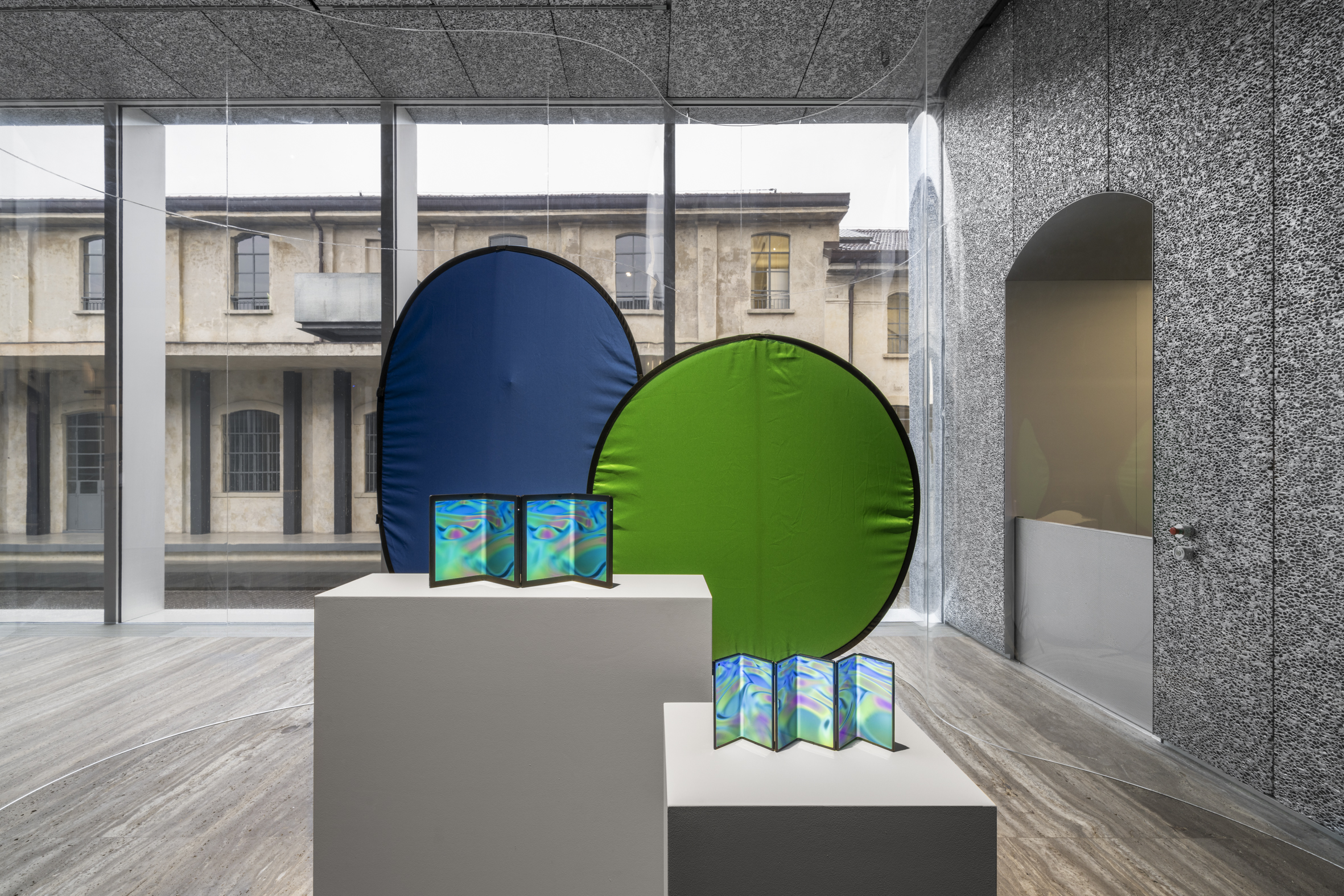
Cao Fei, 'Screen Autobiography (Milan)' 2023. Courtesy of the artist, Vitamin Creative Space and Sprüth Magers
Also incorporated in the opening section are several pieces by contemporary Chinese artists, including Cao Fei’s ‘Screen Autobiography (Milan),’ which was commissioned for the exhibition and is composed of a collection of electronic screens programmed with the same digitally rendered wallpaper. ‘Looking at digital devices, one thing that flags up the idea of screens,’ Cullinan says of the piece. 'It’s very relevant to all of us now because our lives are mediated or even dominated by screens.’
Moving through the ground floor, sections are dedicated to topics such as ‘Public/Private,’ ‘Split Screens,’ and ‘The World of Interiors.’ The latter, according to Cullinan, is a reference to the artist Marc Camille Chaimowicz, who, by turning his flat in London into a total work of art in the 1970s explored how the decorative is often viewed pejoratively.
Receive our daily digest of inspiration, escapism and design stories from around the world direct to your inbox.

From left to right: Wu Tsang's 'Rebellious Bird', 2023, Courtesy of the artist and Galerie Isabella Bortolozzi, Berlin. Joan Jonas' 'Double Lunar Rabbits', 2010, Courtesy Joan Jonas e Amanda Wilkinson, London
‘We have this extraordinary folding screen by Francis Bacon, which alludes to the fact that in his early career he worked as a decorator,’ he says. ‘He designed carpets and folding screens and then tried to bury this aspect of his history once he achieved success as a painter. It’s the idea of the decorative almost being shameful.’
Indeed, more than anything, the exhibition provides an illuminating look into an object that hasn’t yet been given its due. ‘In many ways,’ says Cullinan. ‘It feels like a kind of secret history that hasn't been told.’
‘Paraventi: Folding Screens from the 17th to 21st Centuries’ is on view at Fondazione Prada until 22 February 2024
Largo Isarco, 2
20139 Milano
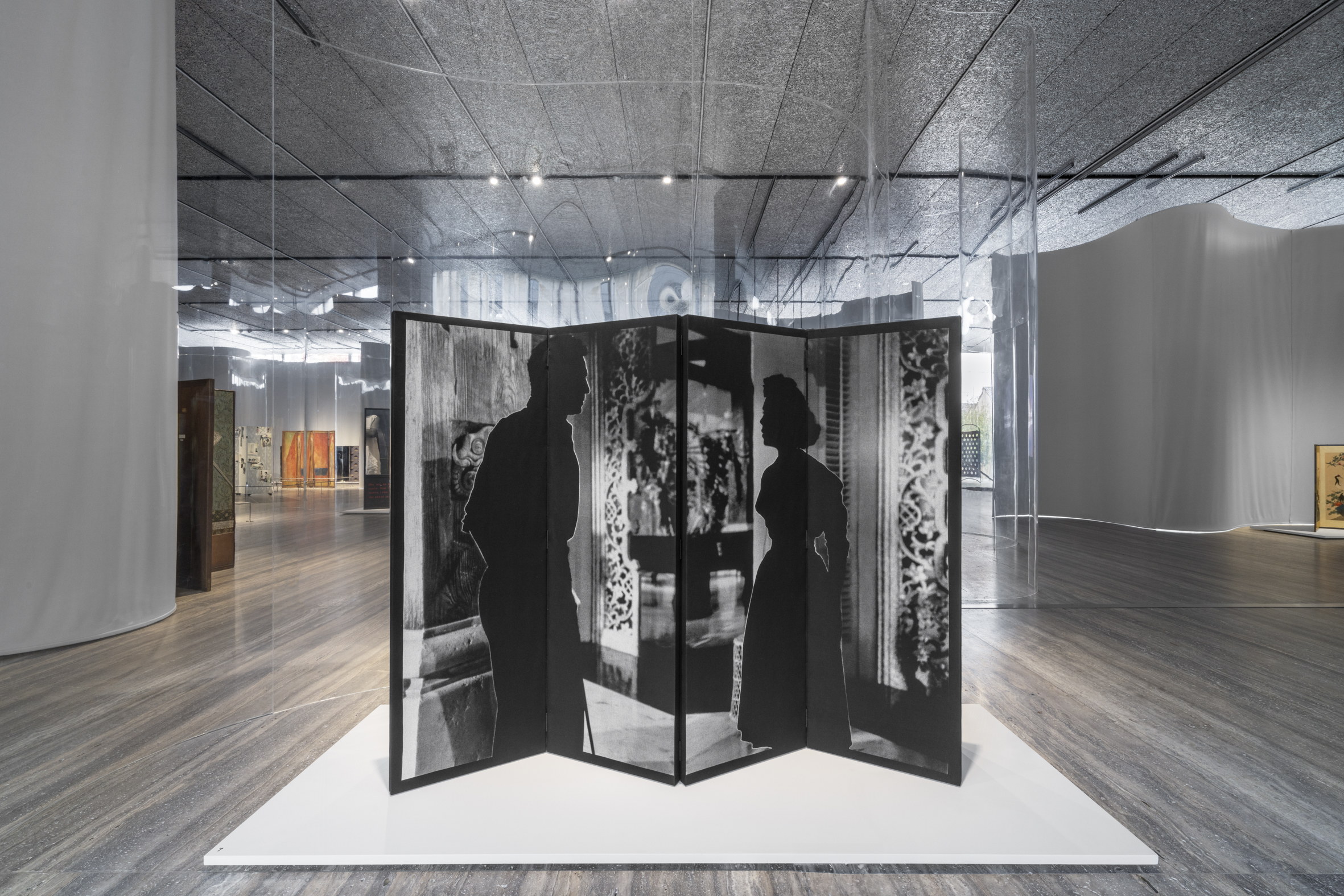
John Stezaker, 'Screen-screen', 2023, Courtesy of the artist
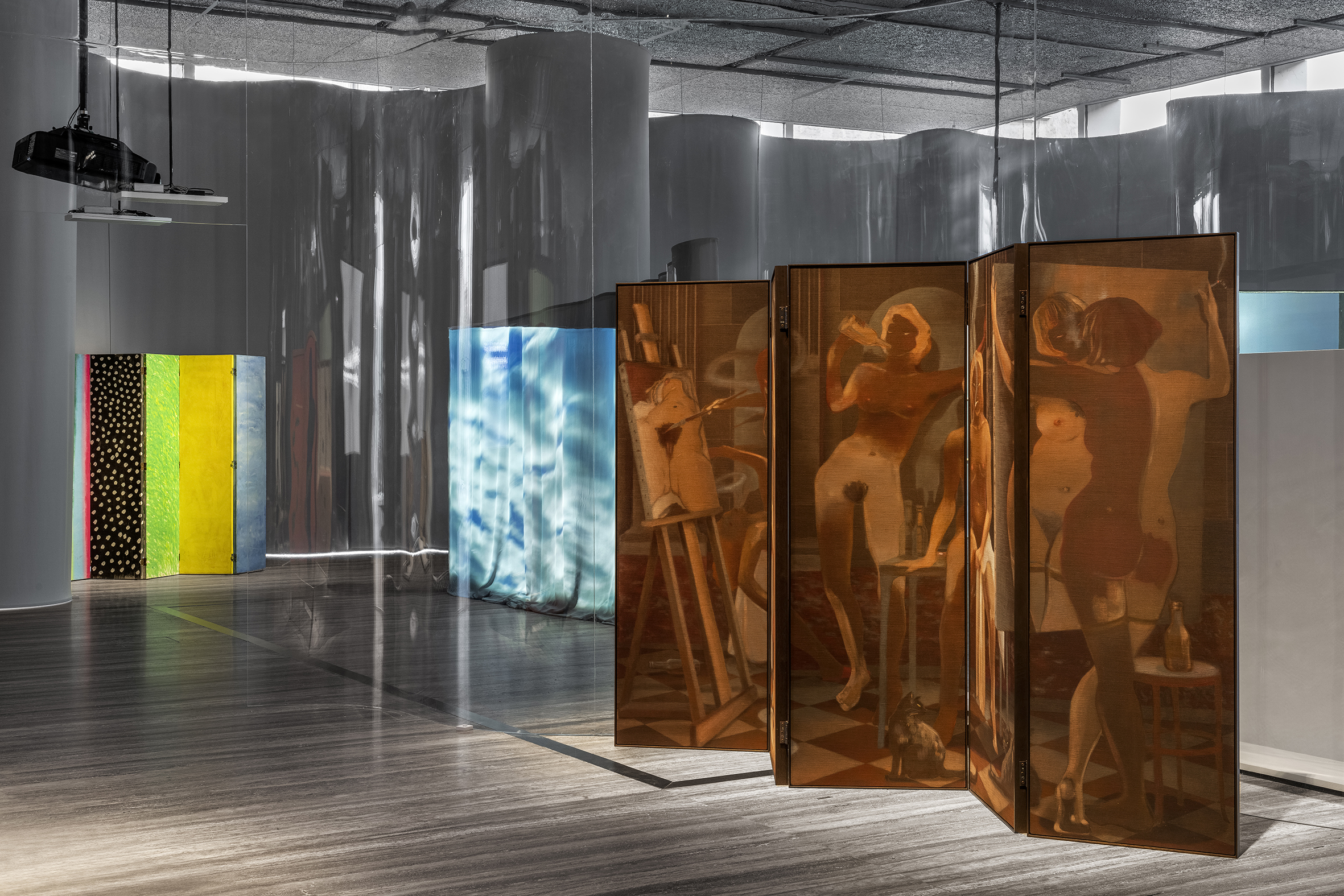
In the foreground: Lisa Brice, 'Untitled', 2022, Rennie Collection, Vancouver

In the foreground: Carrie Mae Weems, in collaboration with The Fabric Workshop and Museum, Philadelphia, 'The Apple of Adam’s Eye', 1993, Collection of The Fabric Workshop and Museum. Bequest of Marion Boulton Stroud. Anthea Hamilton, 'Shame Paravent', 2023, Courtesy of the artist
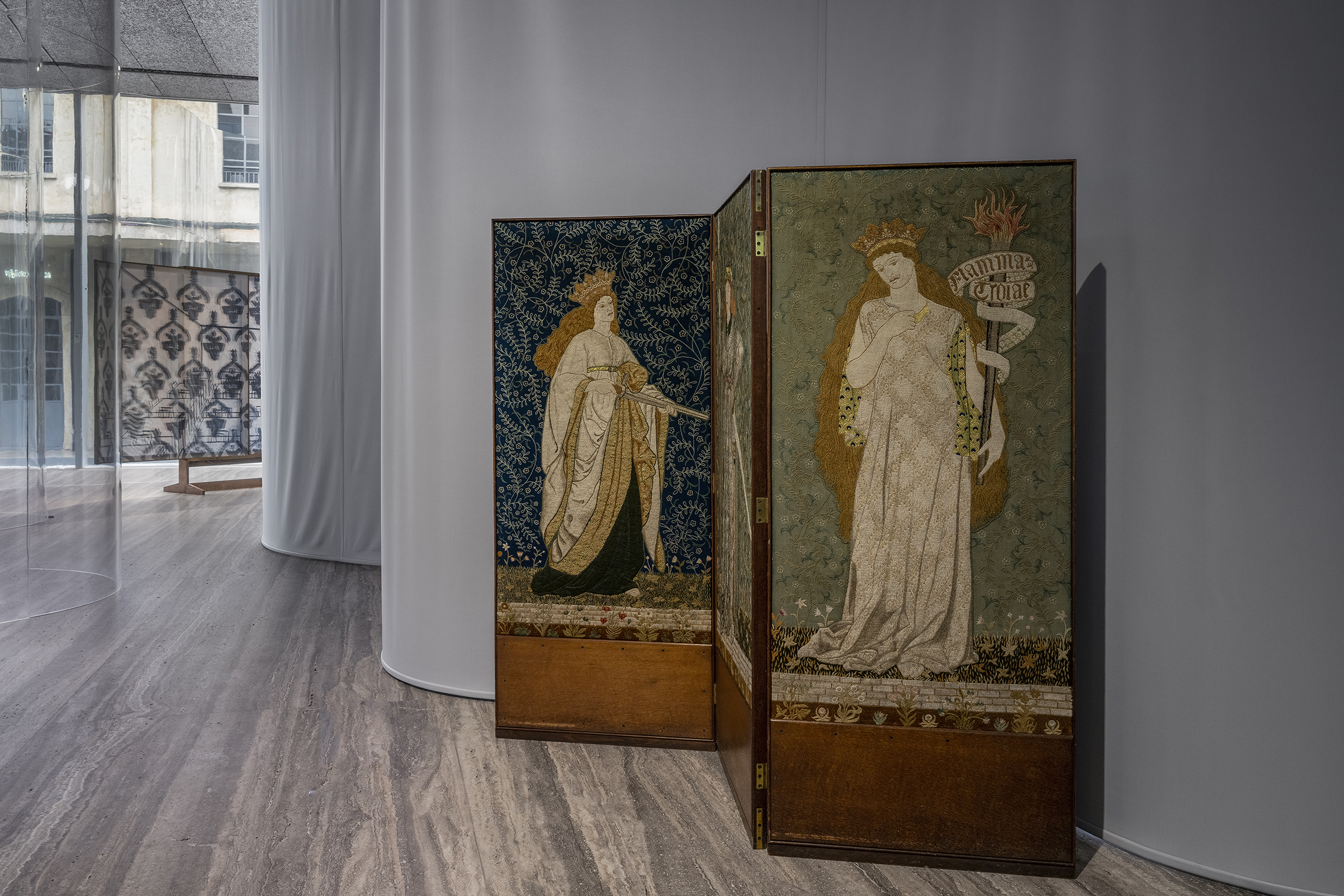
In the foreground: William Morris (designer), Jane Morris, and Elizabeth Burden (manufacturer), 'Screen with Embroidered Panels Depicting Lucretia, Hippolyte, and Helen', 1860-61 (embroidered panels), 1889 (screen). Castle Howard Collection, Yorkshire
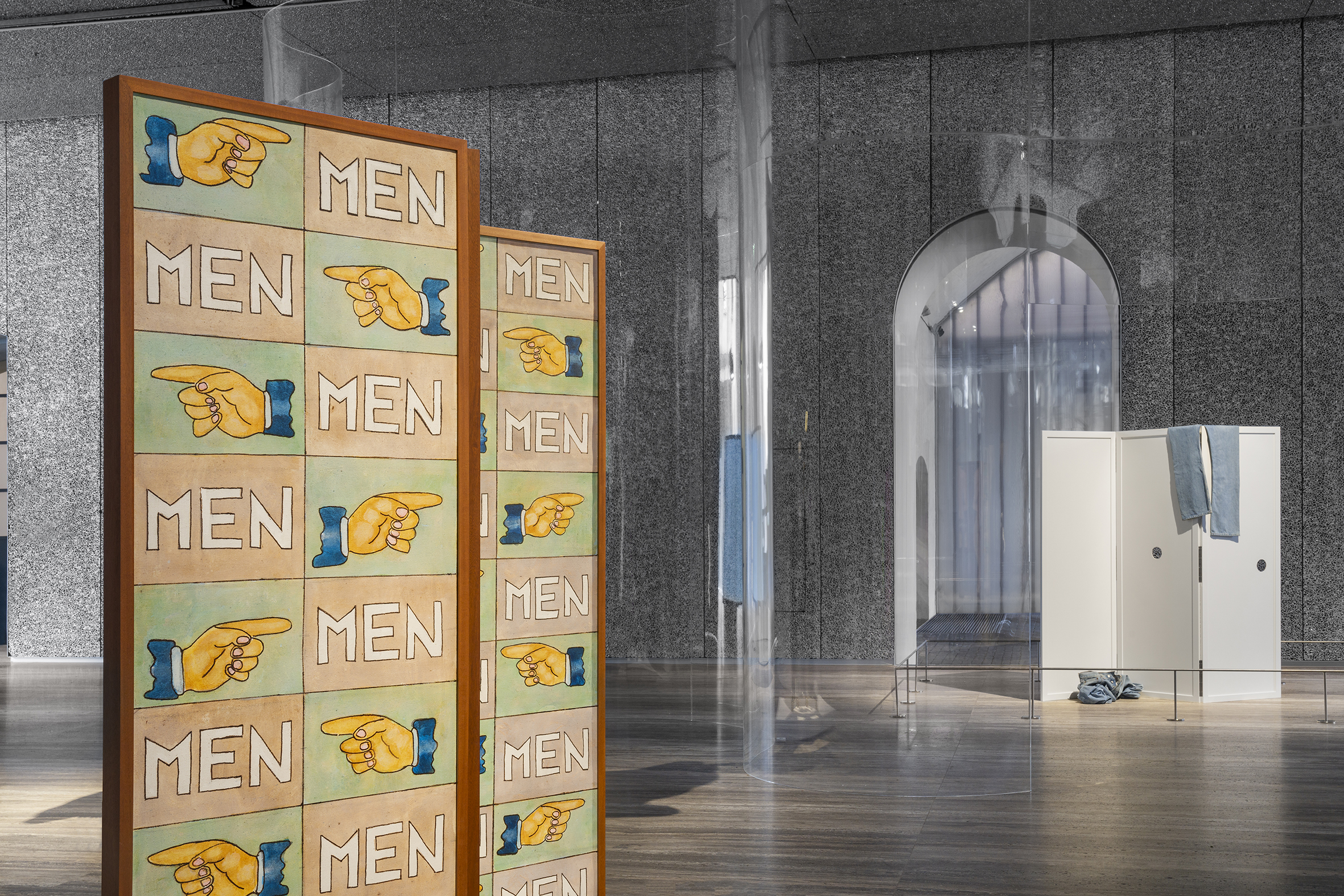
From left to right: William N. Copley, 'Konku', 1982, Cologne, Private collection. Elmgreen & Dragset, 'Paravent', 2008, Centre de création industrielle, Paris
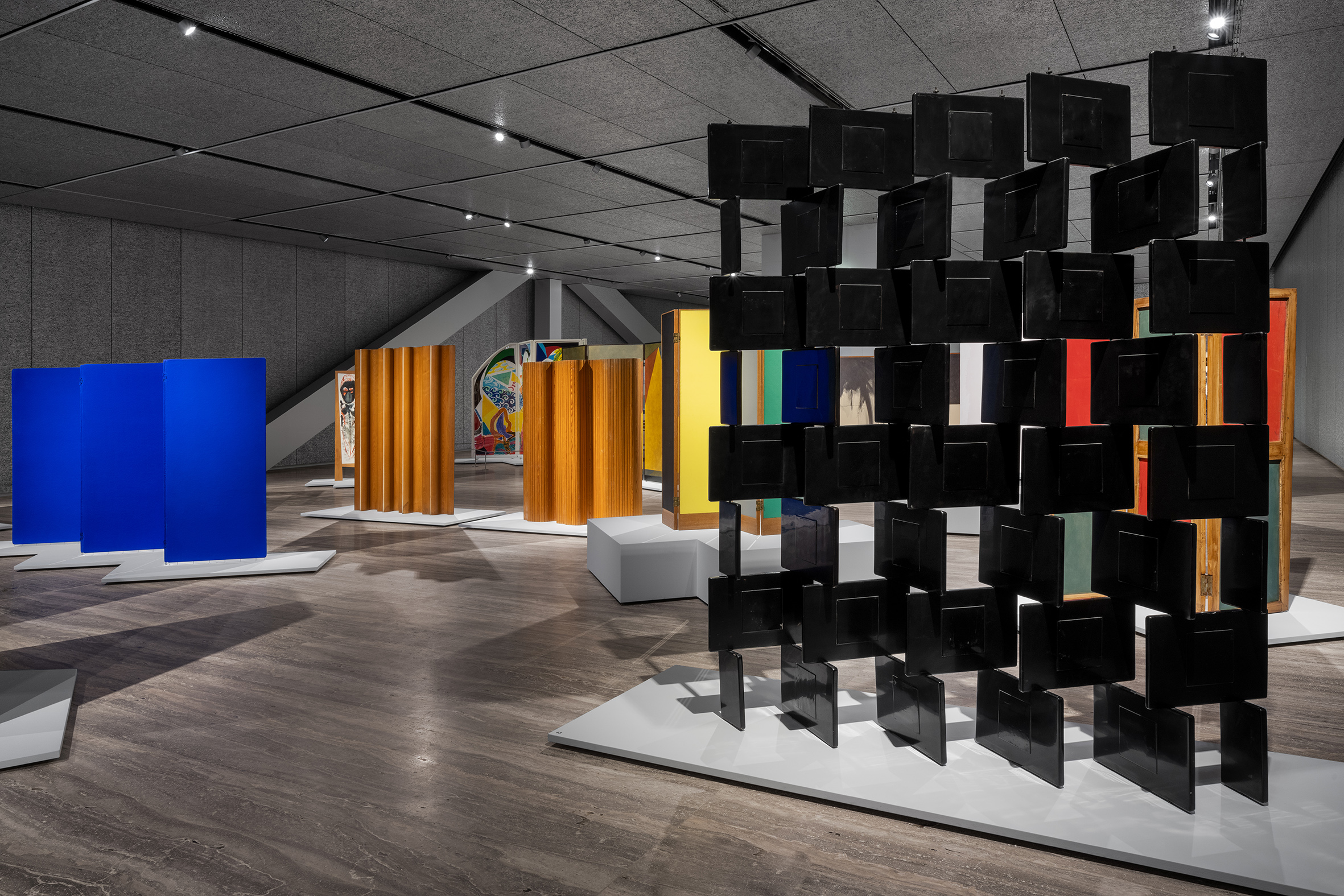
From left to right: Yves Klein, 'Paravent [Screen] (IKB 62)', 1957, Private collection. Charles and Ray Eames, 'Folding Screen FSW 8', 1948 Private collection. Alvar Aalto, 'Screen, Model nr. 100', 1940, Private collection. Eileen Gray, 'Brick Screen', c. 1925, J. & M. Donnelly Collection, Paris

In the foreground: Cy Twombly, 'Paravent', 1989, Private collection. In the background: Kerry James Marshall, '“Untitled” Rythm Mastr Splash', 2023, Courtesy the artist and David Zwirner, London

From left to right: Goshka Macuga, 'in time or space or state', 2023 Courtesy of the artist. Mona Hatoum, 'Grater Divide', 2002, Courtesy of the artist
Laura May Todd, Wallpaper's Milan Editor, based in the city, is a Canadian-born journalist covering design, architecture and style. She regularly contributes to a range of international publications, including T: The New York Times Style Magazine, Architectural Digest, Elle Decor, Azure and Sight Unseen, and is about to publish a book on Italian interiors.
-
 Wallpaper* Design Awards: how David/Nicolas reimagined a 1990 Porsche 964 Targa
Wallpaper* Design Awards: how David/Nicolas reimagined a 1990 Porsche 964 TargaThe two-seater convertible Porsche was given a makeover by the designers, featuring an oiled teak handbrake, machined brass dials, and Connolly leather interiors
-
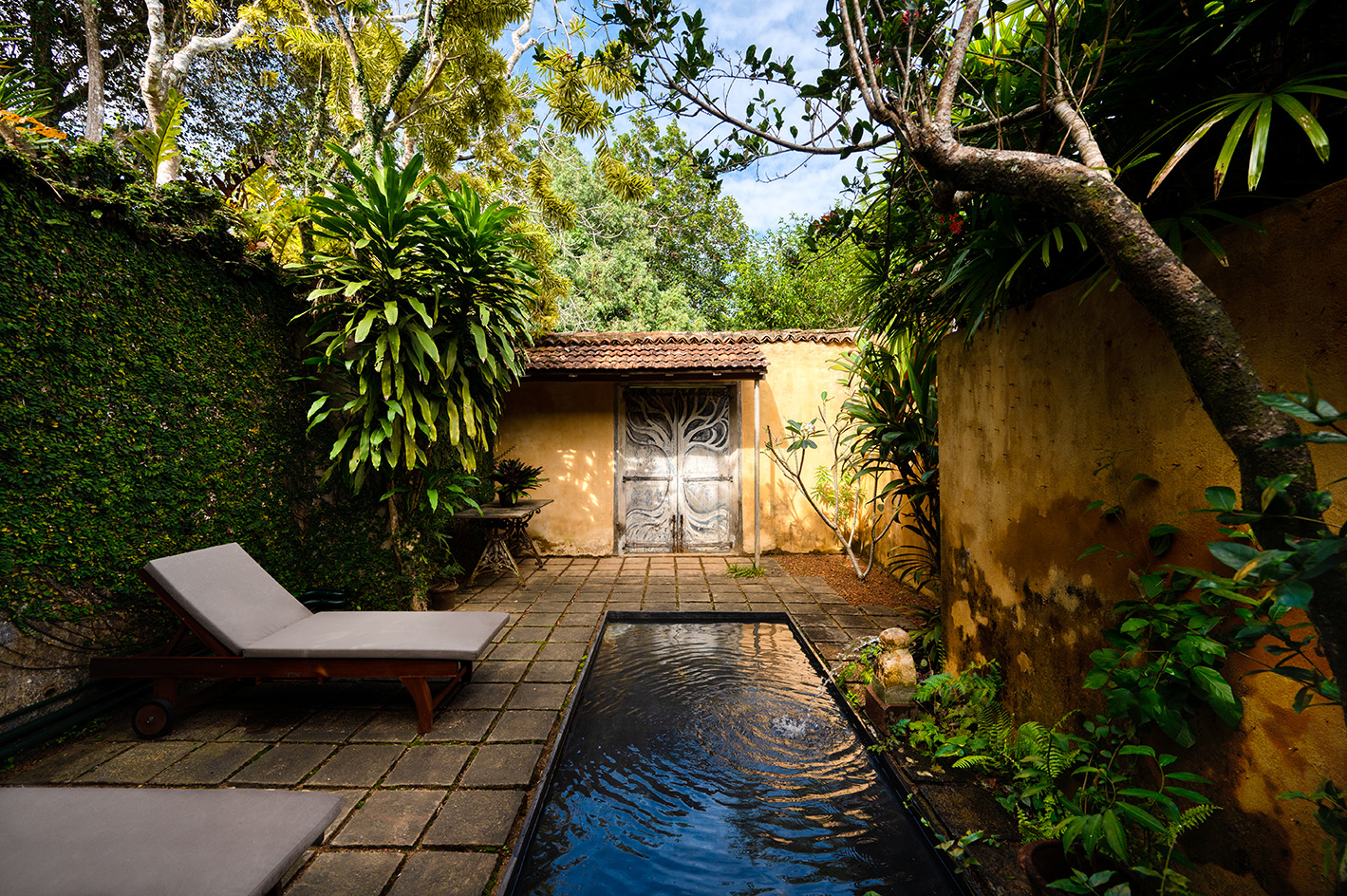 Wallpaper* Architect Of The Year 2026: Marina Tabassum on a building that made her smile
Wallpaper* Architect Of The Year 2026: Marina Tabassum on a building that made her smileMarina Tabassum discusses Geoffrey Bawa’s Lunuganga, and more – as we asked our three Architects of the Year at the 2026 Wallpaper* Design Awards about a building that made them smile
-
 Cult accessory brand Déhanche unveils chunky hardware jewellery
Cult accessory brand Déhanche unveils chunky hardware jewelleryAfter three years of creating jewelled belt buckles, Déhanche jewellery joins our wish list
-
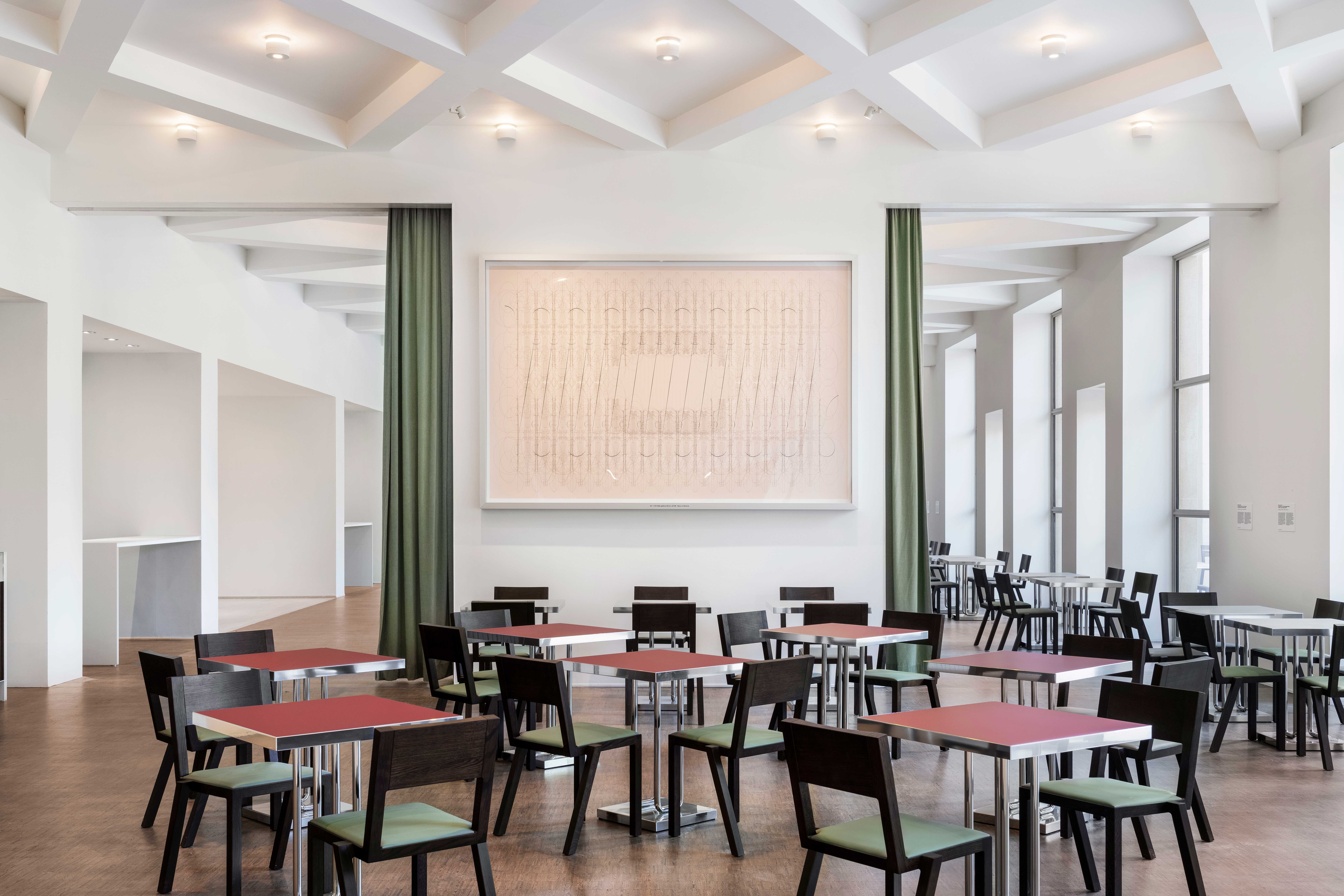 Dine within a rationalist design gem at the newly opened Cucina Triennale
Dine within a rationalist design gem at the newly opened Cucina TriennaleCucina Triennale is the latest space to open at Triennale Milano, a restaurant and a café by Luca Cipelletti and Unifor, inspired by the building's 1930s design
-
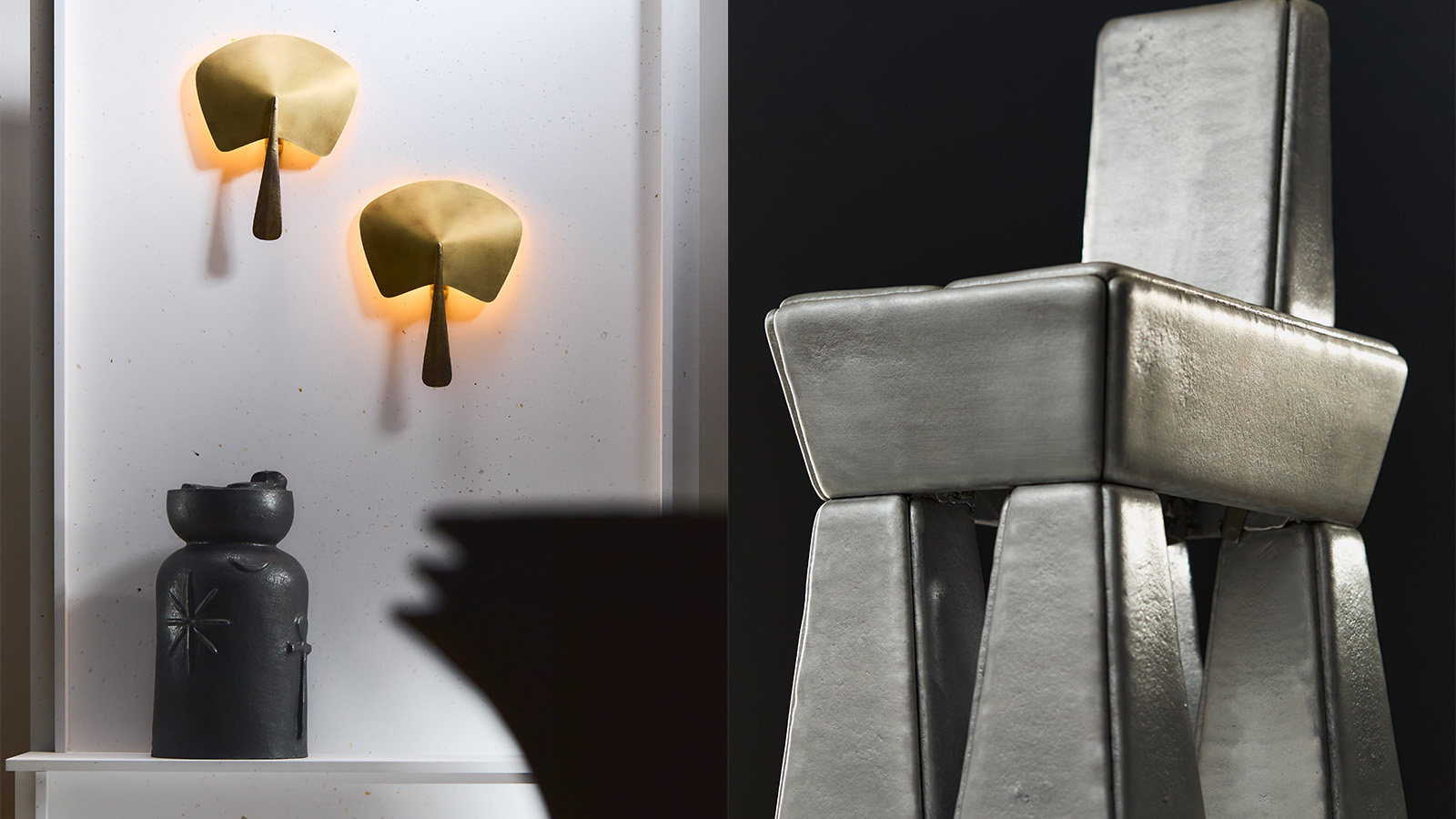 20 emerging designers shine in our ‘Material Alchemists’ film
20 emerging designers shine in our ‘Material Alchemists’ filmWallpaper’s ‘Material Alchemists’ exhibition during Milan Design Week 2025 spotlighted 20 emerging designers with a passion for transforming matter – see it now in our short film
-
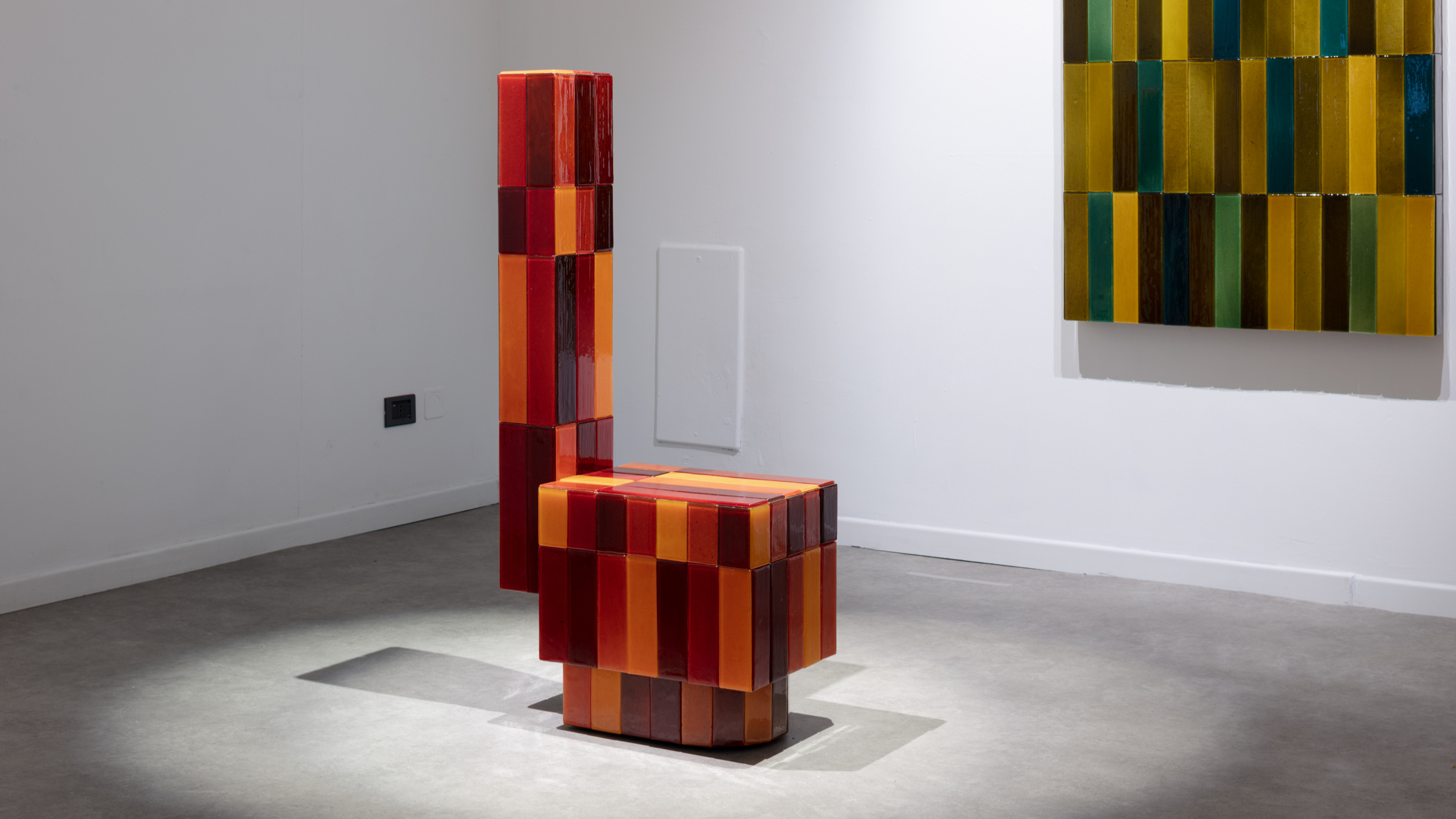 Tokyo design studio We+ transforms microalgae into colours
Tokyo design studio We+ transforms microalgae into coloursCould microalgae be the sustainable pigment of the future? A Japanese research project investigates
-
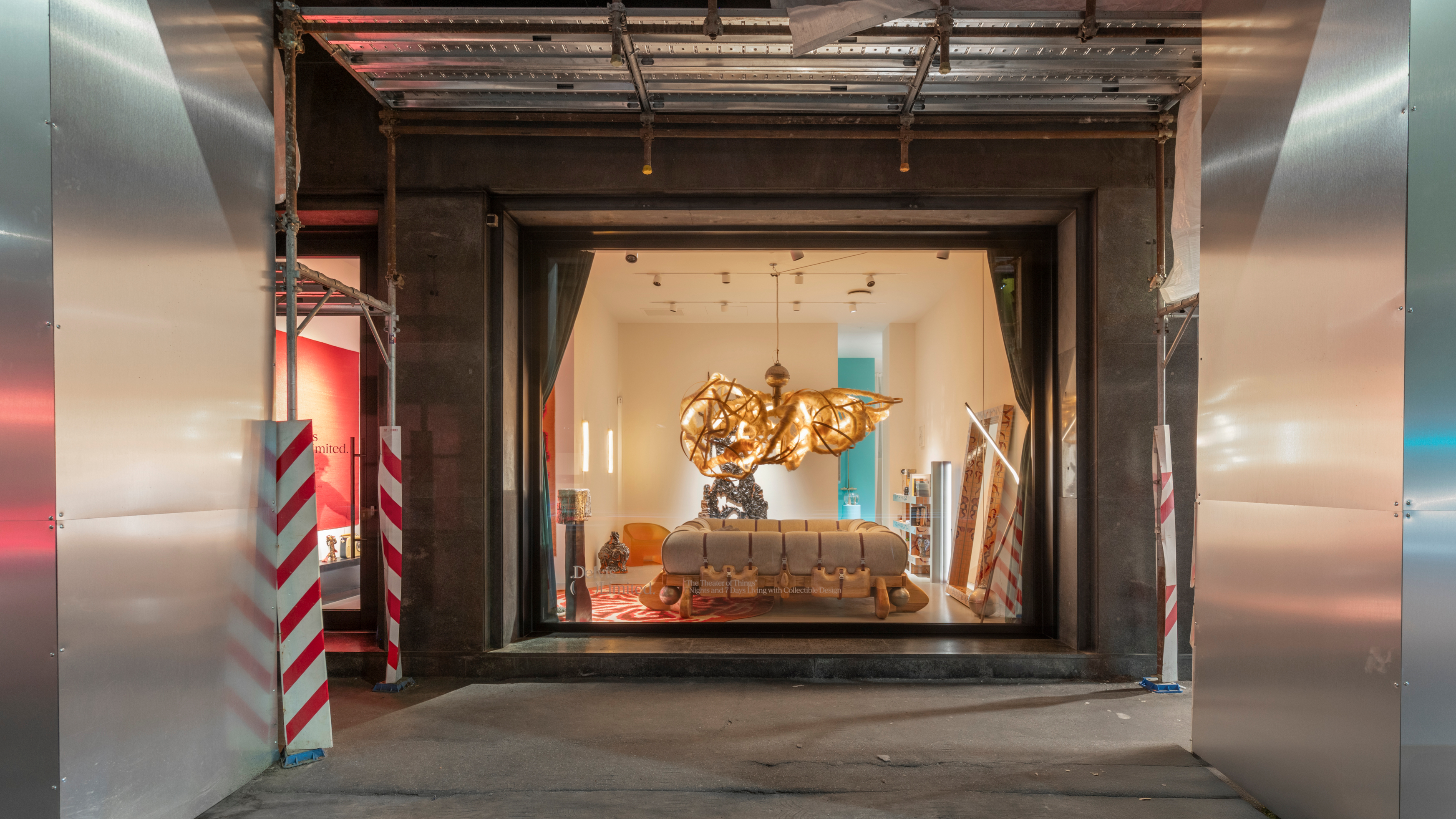 Delvis (Un)Limited turns a Brera shopfront into a live-in design installation
Delvis (Un)Limited turns a Brera shopfront into a live-in design installationWhat happens when collectible design becomes part of a live performance? The Theatre of Things, curated by Joseph Grima and Valentina Ciuffi, invited designers to live with their work – and let the public look in
-
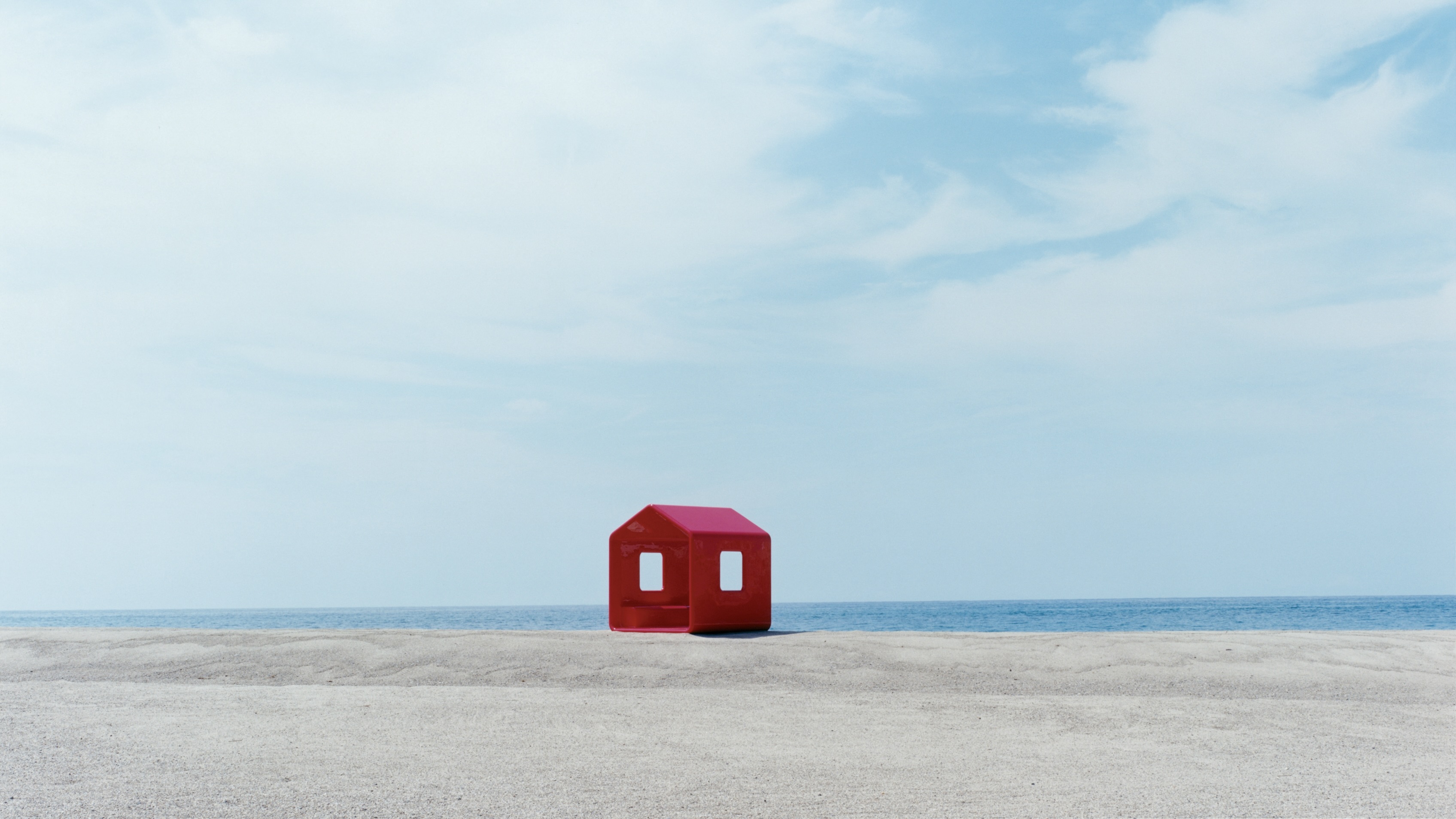 Naoto Fukasawa sparks children’s imaginations with play sculptures
Naoto Fukasawa sparks children’s imaginations with play sculpturesThe Japanese designer creates an intuitive series of bold play sculptures, designed to spark children’s desire to play without thinking
-
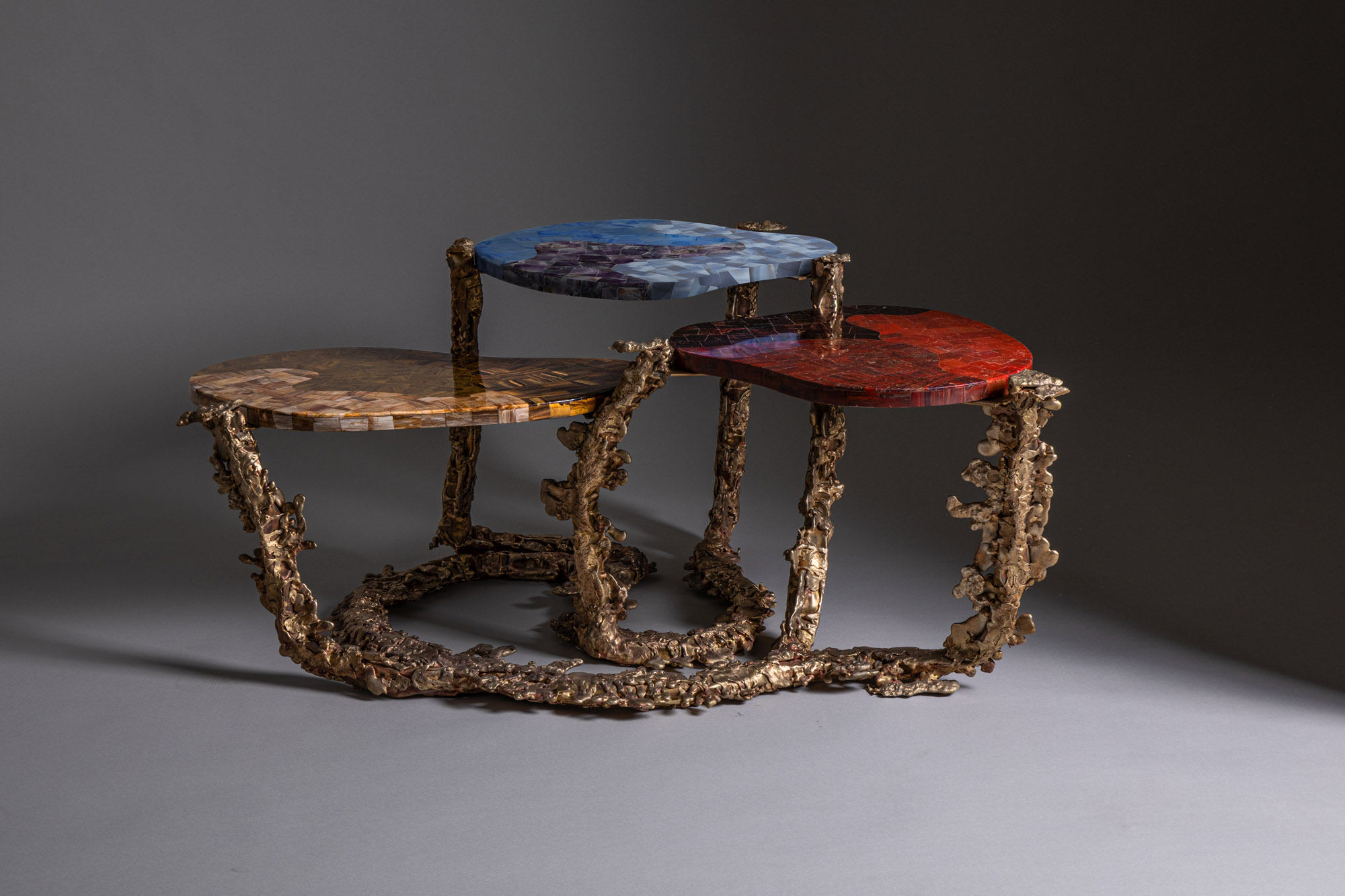 Inside the Shakti Design Residency, taking Indian craftsmanship to Alcova 2025
Inside the Shakti Design Residency, taking Indian craftsmanship to Alcova 2025The new initiative pairs emerging talents with some of India’s most prestigious ateliers, resulting in intricately crafted designs, as seen at Alcova 2025 in Milan
-
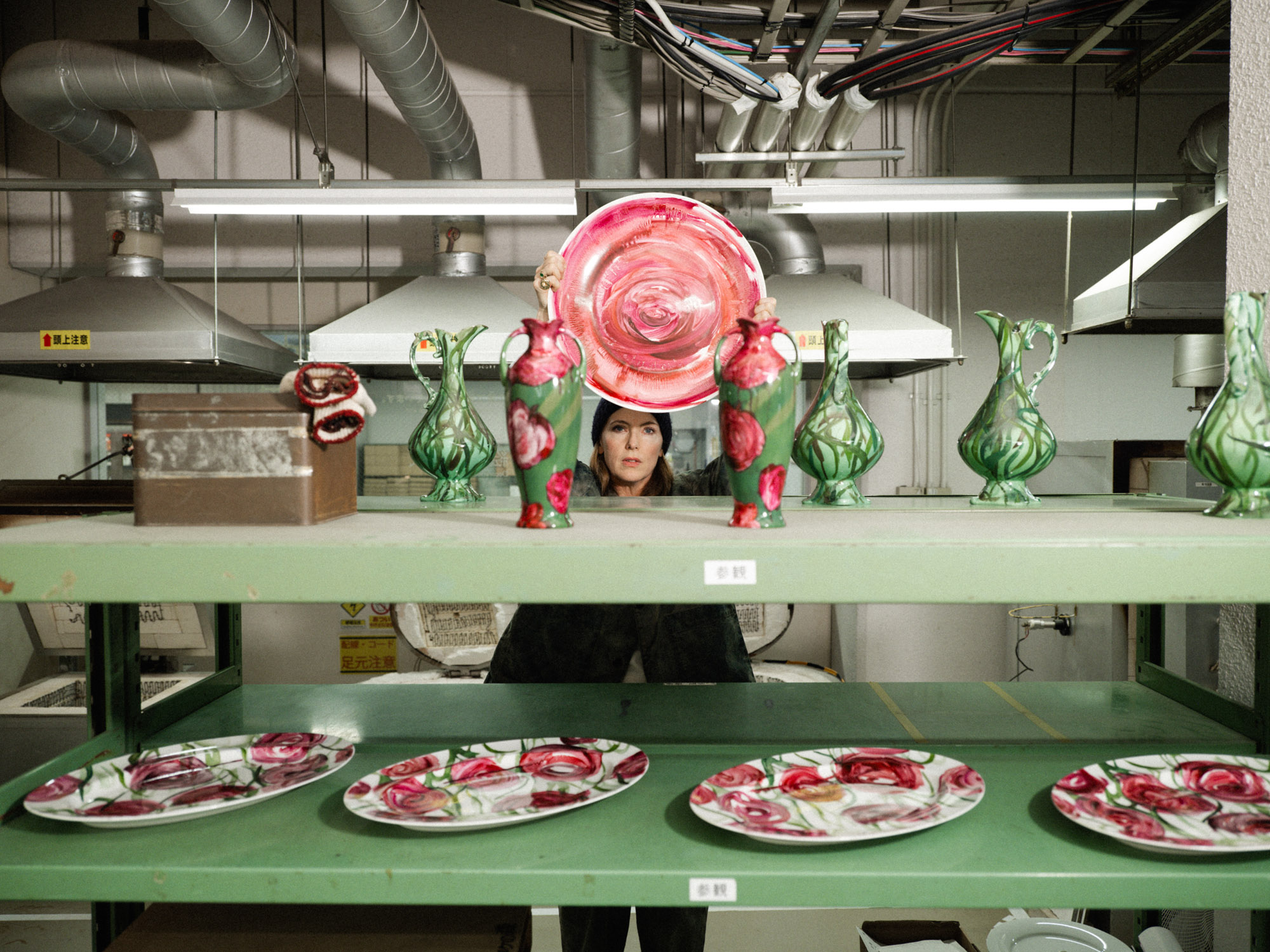 Faye Toogood comes up roses at Milan Design Week 2025
Faye Toogood comes up roses at Milan Design Week 2025Japanese ceramics specialist Noritake’s design collection blossoms with a bold floral series by Faye Toogood
-
 6:AM create a spellbinding Murano glass showcase in Milan’s abandoned public shower stalls
6:AM create a spellbinding Murano glass showcase in Milan’s abandoned public shower stallsWith its first solo exhibition, ‘Two-Fold Silence’, 6:AM unveils an enchanting Murano glass installation beneath Piscina Cozzi